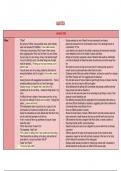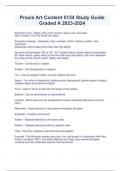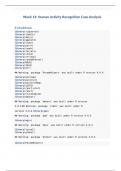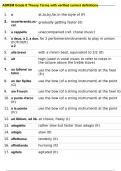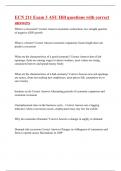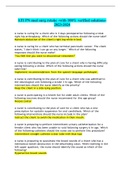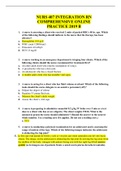Samenvatting
Summary Notities global banking - via lesopnames - ook gastsprekers
- Vak
- Global Banking
- Instelling
- Vrije Universiteit Brussel (VUB)
Elke les heb ik opgenomen & herbeluisterd. Dit document bevat notities, powerpoint slides & notities van de gastsprekers.
[Meer zien]




